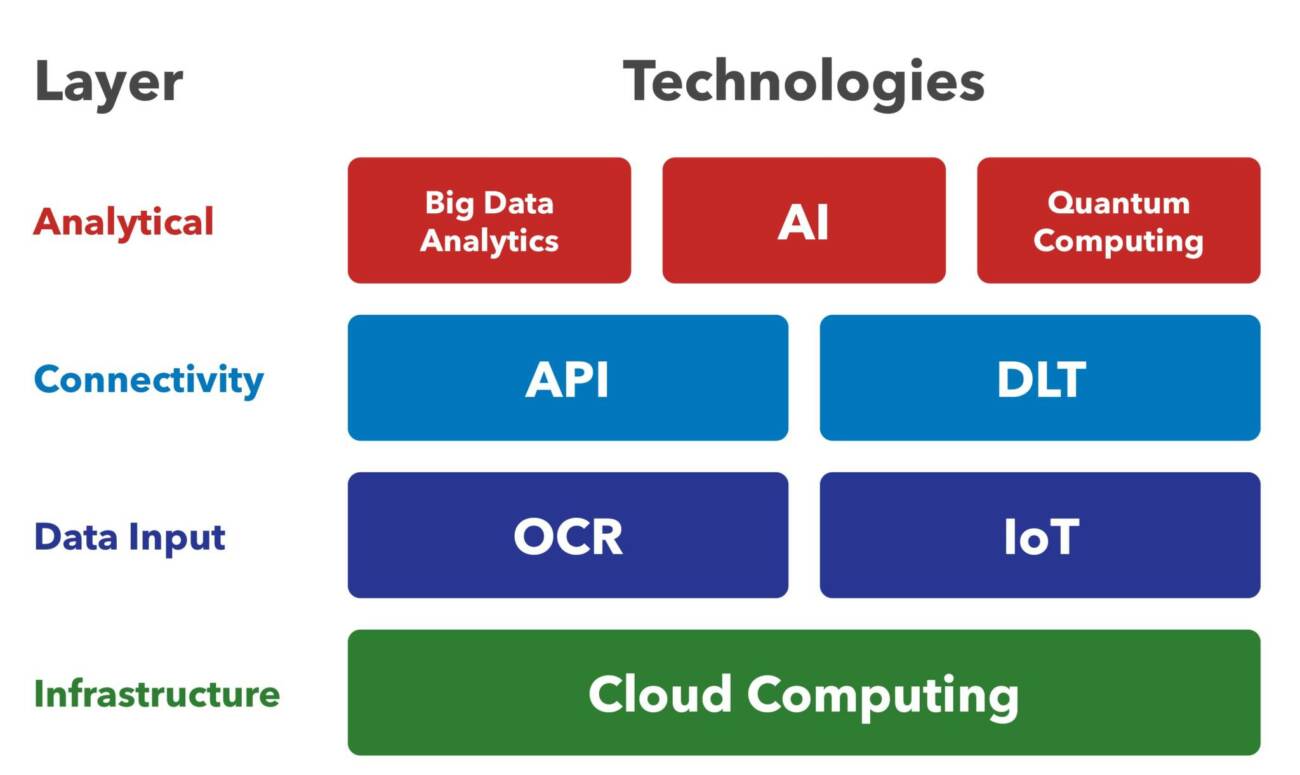
Introduction
In a rapidly evolving digital landscape, the world of trade and commerce is no exception. With businesses expanding their horizons globally, the role of technology in trade has become paramount. This article explores the latest innovations and trends in TradeTech, shedding light on its transformative power.
The Rise of TradeTech: A Paradigm Shift
TradeTech, short for Trade Technology, is a revolutionary concept that amalgamates cutting-edge technology with traditional trade practices. It encompasses a wide range of tools, platforms, and solutions designed to streamline and enhance the entire trade ecosystem. Let’s delve deeper into this transformative phenomenon.
Understanding TradeTech: Breaking It Down
TradeTech is a multi-faceted concept, with each facet contributing to its overall effectiveness. Here are the key components:
1. Digital Marketplaces
In the digital age, marketplaces are no longer limited by geographic boundaries. Online platforms like Amazon and Alibaba have paved the way for global trade, allowing businesses to reach customers worldwide.
2. Blockchain Technology
Blockchain ensures transparency and security in trade transactions. Its decentralized nature eliminates the need for intermediaries, reducing costs and increasing trust.
3. Artificial Intelligence (AI)
AI-driven algorithms analyze vast datasets to predict market trends, optimize supply chains, and even automate customer interactions.
4. Internet of Things (IoT)
IoT devices provide real-time data on the condition and location of goods in transit, enabling better tracking and management.
5. Trade Finance Solutions
Fintech innovations have made trade finance more accessible, enabling businesses of all sizes to secure funding for their international ventures.
The Benefits of TradeTech
TradeTech offers a plethora of benefits, making it an indispensable part of modern commerce:
1. Efficiency and Cost Reduction
Automated processes and reduced paperwork streamline operations, leading to significant cost savings.
2. Enhanced Security
Blockchain and encryption technologies ensure data integrity and protect against fraud.
3. Global Reach
Businesses can tap into global markets effortlessly, expanding their customer base.
4. Data-Driven Insights
AI-driven analytics provide actionable insights, helping businesses make informed decisions.
Challenges and Considerations
While TradeTech offers immense potential, it comes with its set of challenges:
1. Cybersecurity Risks
As trade processes become more digital, the risk of cyberattacks increases. Robust security measures are essential.
2. Adoption Barriers
Small and medium-sized enterprises (SMEs) may face challenges in adopting expensive TradeTech solutions.
3. Regulatory Compliance
Navigating international trade regulations while using TradeTech tools requires expertise.
Future Trends in TradeTech
The future of TradeTech promises even more exciting developments:
1. Quantum Computing
Quantum computing will revolutionize data processing, enabling faster and more complex trade operations.
2. Sustainable Trade
Environmental concerns will drive the adoption of sustainable practices in trade, with TradeTech facilitating eco-friendly supply chains.
3. Augmented Reality (AR) in Trade
AR will enable virtual product trials and immersive trade experiences.
Conclusion
As TradeTech continues to evolve, businesses must embrace these innovations to remain competitive in the global market. The transformative power of TradeTech is reshaping trade practices, enabling more efficient, secure, and globalized commerce.